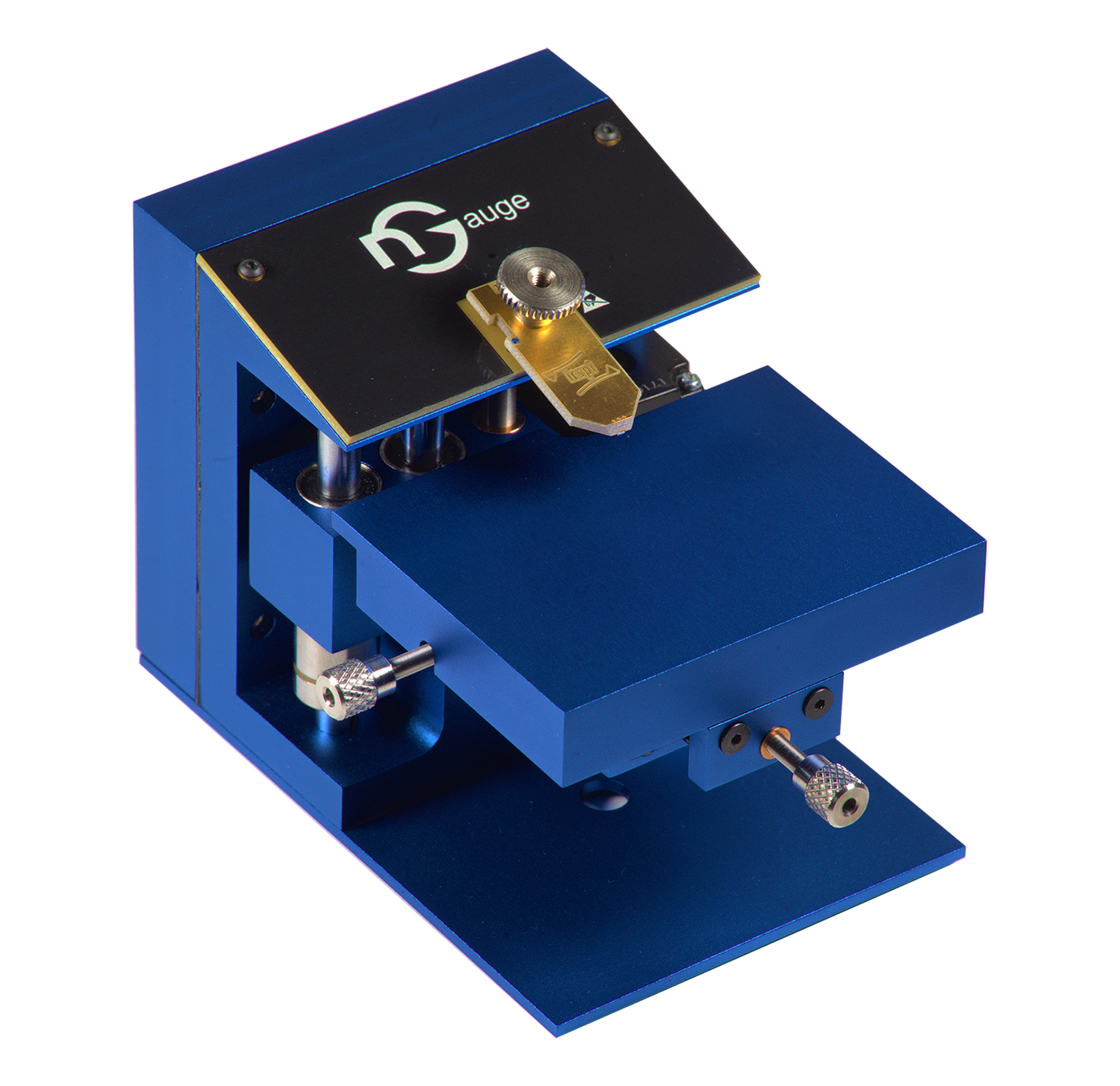nGauge AFM
Nanoscale imaging has never been easier.
Effortlessly collect 3D nanoscale images in just three clicks.
Get started with a base model for under $19,000 USD*
*Pricing may vary by region
nGauge Atomic Force Microscope
The nGauge AFM is a desktop atomic force microscope capable of resolving features with sub-nanometer precision. The nGauge has built-in sensors that enable unmatched time-to-results, ease of use and hassle-free operation.
- Go from sample loading to 3D nanoscale data in under three minutes
-
One-click, automatic approach brings the tip to the sample in seconds
- Low maintenance and hassle-free operation
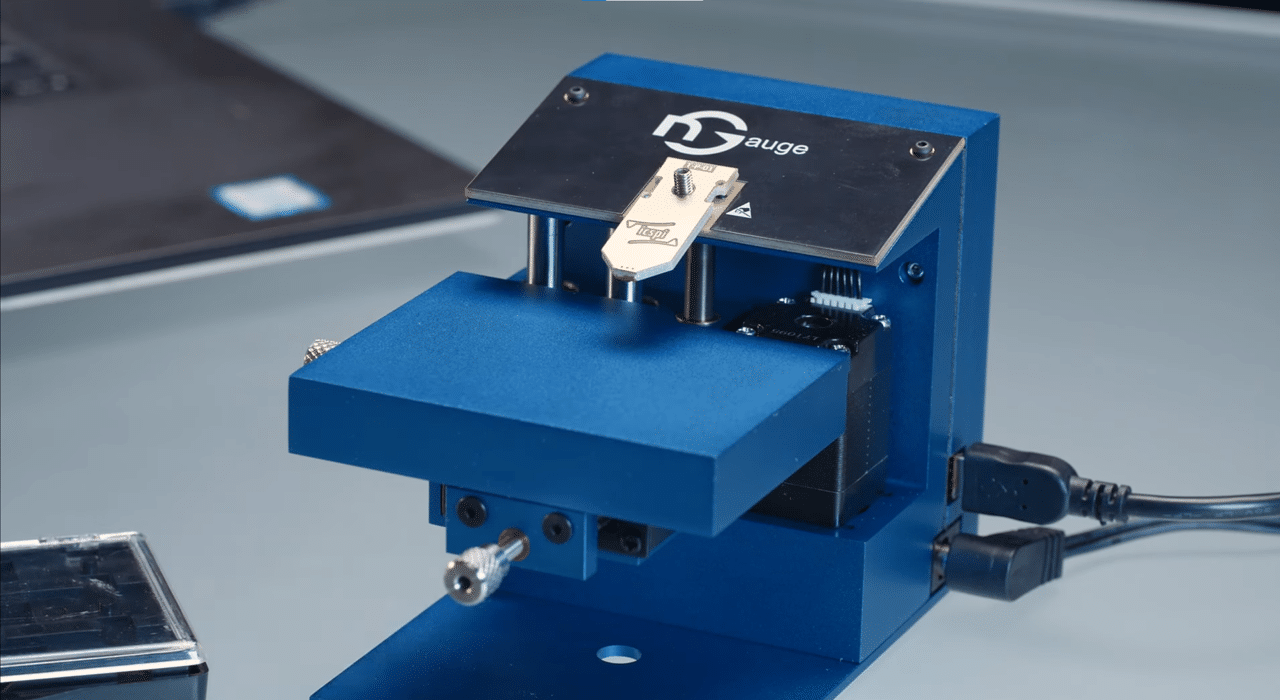
What users are saying about the nGauge AFM
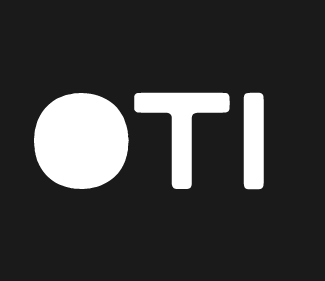
OTI Lumionics
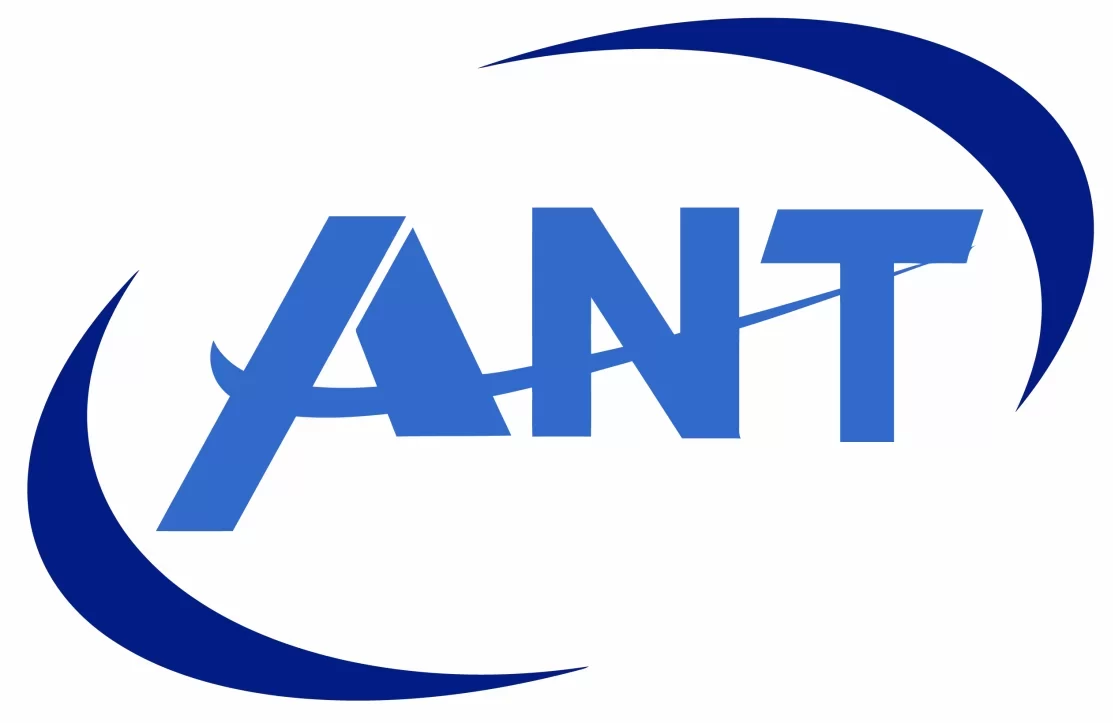
Applied Nano Tools

University of Waterloo
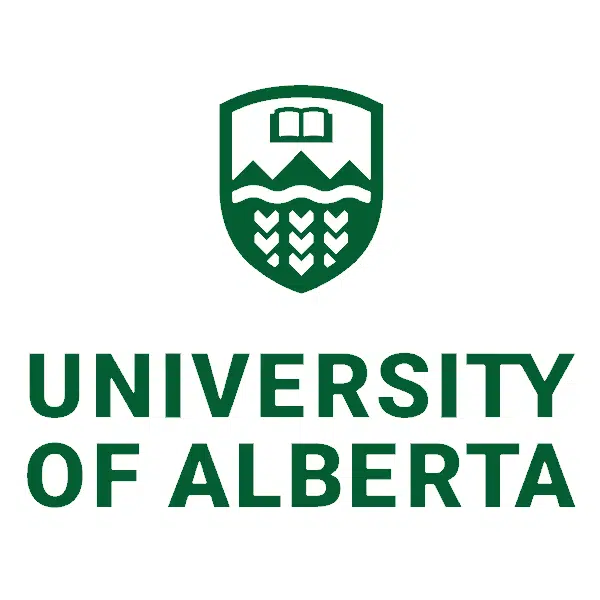
University of Alberta nanoFAB
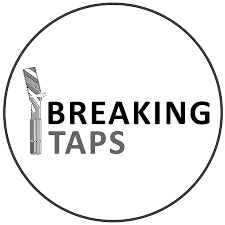
Start scanning in minutes
- Install an AFM chip, simply place the sample on the platform and start scanning
- The nGauge uses regular power and USB
- Use the optional optical microscope accessory and XY stage for sample positioning
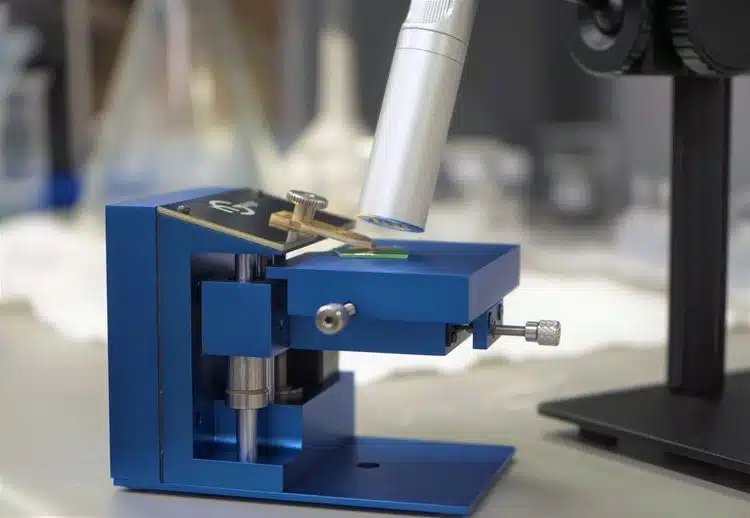
Time lapse of AFM scans on an Intel microchip (copper and silicon dioxide). The number indicates scan number. Watch how image quality (lateral resolution) does not degrade after 1000+ scans.
Ultra-durable chips capable of thousands of scans
- Each chip is capable of 1000+ scans without noticeable wear
- Ultra-low tapping force means your samples are not damaged
- One-click automatic approach eliminates tip crashes
Specifications
| AFM Specifications | |
| Max scan area (XY) | 20 μm x 20 μm |
| Z Range | 10 μm |
| Scan speed | 80 seconds (256 x 256 pixel, 20 μm x 20 μm) |
| Noise floor | <0.5 nm rms |
| XY Scanner resolution | <0.5 nm |
| Images | Topography, Phase, Error |
| Approach | Automatic |
| Sample | |
| Max sample size | 100 mm x 50 mm x 18 mm |
| System Dimensions | |
| Dimensions (L x W x H) | 9 cm x 7 cm x 7.5 cm |
| Weight | 450 g |
| Software and I/O | |
| Communication | USB |
| Operating System | Windows 10, 11 |
| Power | |
| Power supply | Class II (two prong) |
| Input | 100-240 VAC ~ 50/60 Hz |
| Output | 7.5 VDC, 1.6 A |
Frequently Asked Questions
Both the Redux and nGauge systems use our AFM-on-a-chip technology to make nanoscale imaging effortless.
The Redux has a higher level of automation, combining an integrated optical microscope and motorized XY stage controls, and it also has a sample platform that can accommodate larger samples.
Compare the specs here!
Nope! With our AFM-on-a-chip technology, the legacy AFM requirement of time-consuming laser alignment is done away with.
Yes! Our AFM-on-a-chip technology is interchangeable between our products.
For most samples, yes! There is very little sample preparation required for most samples. Transparent or opaque, conductive or non-conductive, adhesive or not, they can all be scanned. Scanning curved samples is no issue as well since any curvature usually does not show up on the micron length scale.
It’s important that the sample does not move during scanning. For lightweight samples like foils, paper, and for flexible or round samples that could roll (wire, hair), we recommend affixing them to a substrate (glass slide, mica disc) or a simple jig.
Yes! Refer to the question above this one.
Generally yes. The reason is that even if the morphology across the sample shows high variation, within the lateral scan area it will typically never reach those levels.
The nGauge sample stage is motorized in the Z direction and manually controlled using adjustment knobs in the XY directions.
Generally no but it also depends on your specific resolution requirements and operating environment.
See the answer above.
The nGauge does not currently support scanning liquid samples.
Yes! Please refer to our Roughness capabilities page for more information.
The nGauge operates in intermittent contact mode and collects topography and phase images.
The nGauge does not currently provide force-distance curves.
Yes! Refer to our product specifications for sizing.
The nGauge does not currently support in-vacuum operation and is meant for operation in ambient conditions.
